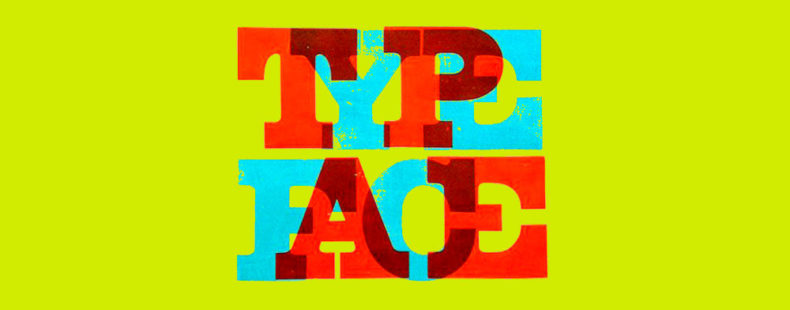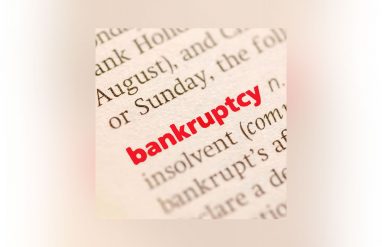Fontastic
Applying for a new job is a daunting experience, especially when you realize you haven’t touched your resume in the last 5+ years. While we can’t write about your skills (we know you’re amply qualified, though), we CAN offer some interesting info about the font you choose.
The job-search website Monster.com suggests a list of the best fonts to use on a resume. We’ve taken that list and added some font-astic backstories.
No need to stress! We’re working our way to the top together. Just flip through, relax, and have fun choosing your font!























